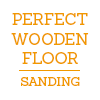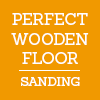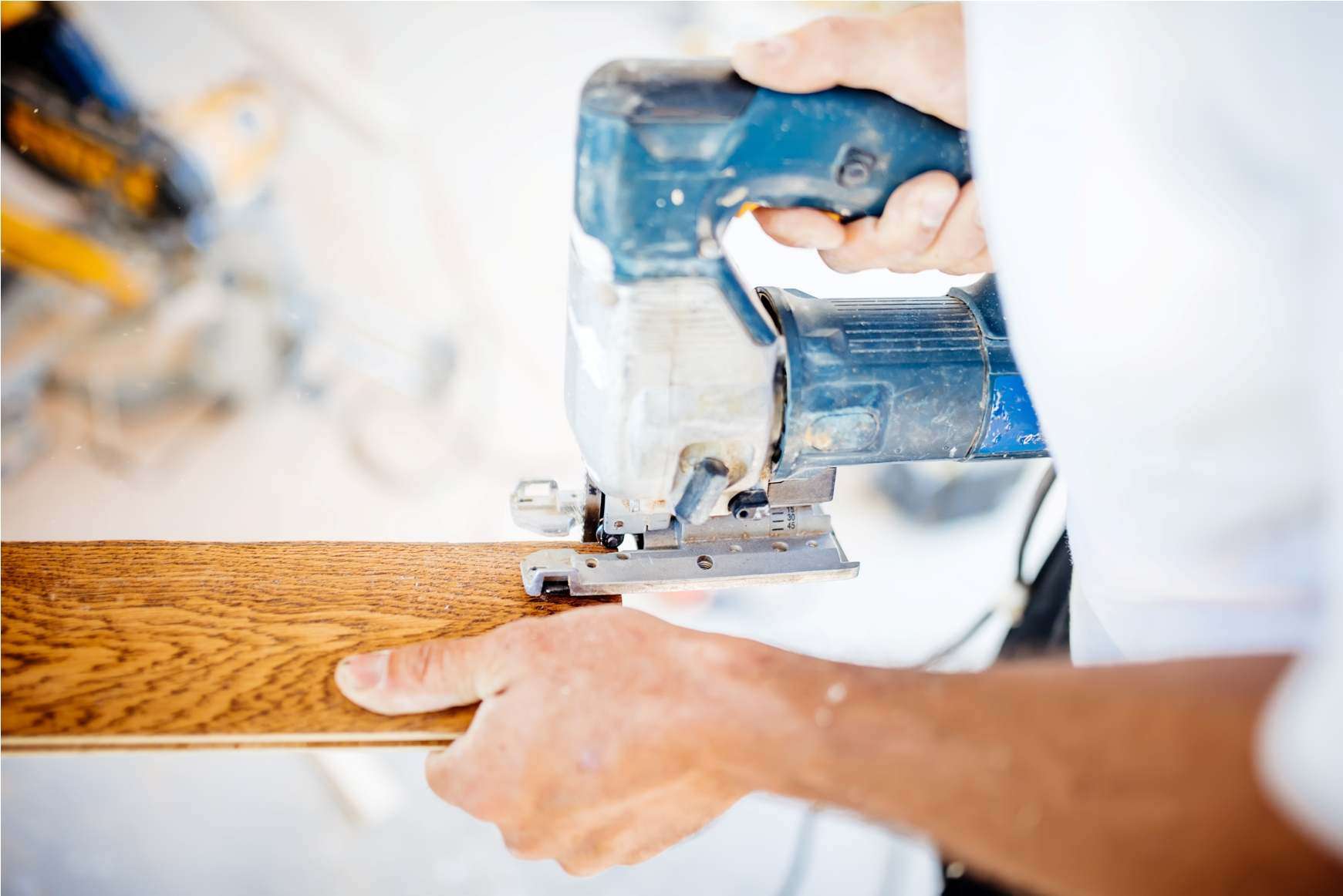Wood floor restoration is one of the most satisfying home upgrades you can make. But if you’ve done a little research, you’ve probably noticed that DIY sanding machines are available for rent — and the temptation to save money is real.
So what’s the real difference between doing it yourself and hiring a professional?
Here’s what you need to know before deciding.
Equipment Quality Is Not the Same
Rental machines from hardware stores are built for general use — not precision. They’re often underpowered, harder to control, and prone to leaving sanding marks or uneven pressure on the floor.
Professional-grade sanding machines are:
- Heavier and more stable
- Fitted with high-performance dust extraction
- Calibrated for smooth, consistent results
- Operated by trained craftsmen who know how to use them
This results in a flatter, cleaner, and more even surface — with less risk of damage.
Sanding Is More Technical Than It Looks
On paper, sanding sounds simple: start with a coarse grit, move to finer grits, then apply a finish. But in practice, it involves decisions that come with experience:
- How many passes should be done?
- What grit sequence is best for your wood type?
- How do you avoid over-sanding soft areas or edges?
- How do you manage transitions, stairs, corners, and thresholds?
Improper technique can lead to visible swirl marks, gouges, or an uneven finish — all of which are difficult and costly to fix later.
Dust Control Is a Major Factor
DIY sanding is often much dustier than expected. Without proper extraction systems, fine wood dust can coat every surface of your home — and linger for days.
Professional equipment captures dust at the source using:
- High-efficiency vacuums
- Sealed sanding units
- Protective measures in adjoining rooms
This results in a cleaner home and a healthier working environment, especially important for families, pets, and anyone with allergies.
Finishing Is Where Most DIY Projects Go Wrong
The final coat of oil, varnish, or lacquer is what gives your floor its protection and visual appeal. Inconsistent application, the wrong product, or even poor room temperature control can lead to:
- Sticky or patchy finishes
- Visible streaks or bubbles
- Poor bonding and premature wear
Professionals understand how to match finishes to your floor’s species, age, and lifestyle needs — and apply them under ideal conditions.
The Real Cost of “Cheap” DIY
DIY sanding may seem more affordable at first, but many homeowners underestimate the hidden costs:
- Rental fees for multiple machines
- Abrasives and finishing products
- Extra tools for edgework and repairs
- Protective gear, sealants, cleaners
- Time, physical strain, and risk of mistakes
If a mistake occurs, you may still need to hire a professional to fix it — often at a higher cost than doing it right the first time.


